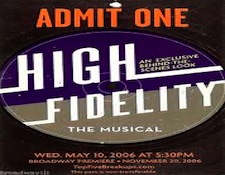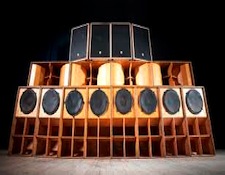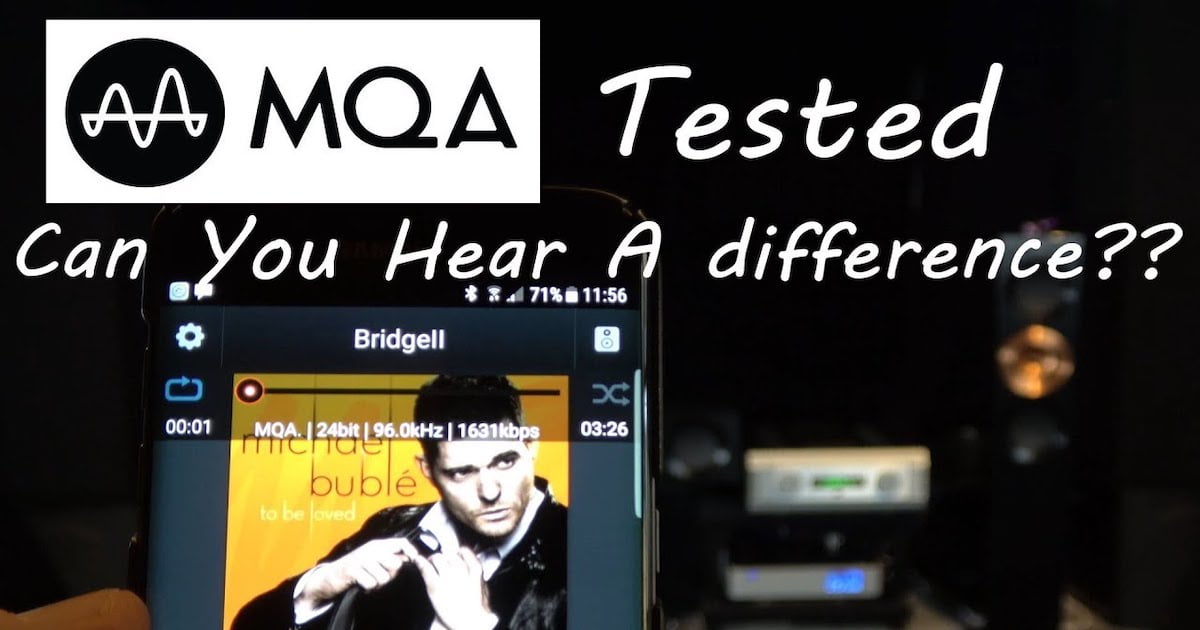It’s the time of year for saving money!

When I was younger, I was an audio snob. If you would have
asked me, I would have told you that there were two utterly different things
out there that were both claiming to be “Hi-Fi”, but that actually only one of
them was “real”.
“Real” Hi-Fi, I would have told you, was VASTLY superior to the other kind, and
could instantly be recognized in at least three ways:
1) “Real Hi-Fi systems are comprised of separate components,
often of different brands from different manufacturers — NO “consoles” allowed.
2) “Real” Hi-Fi systems DON’T have tone controls, “loudness”
controls (Do you remember Fletcher and Munson?), or much of anything else,
other than an input selector and a volume control. They DEFINITELY don’t have a
receiver as their electronics.
3) “Real” Hi-Fi systems have
separate floor-standing speakers (“bookshelf” units were only okay if they had
been designed by Edgar Villchur or Henry Kloss, or were an English variant on
the LS35A) Again, definitely no consoles, and even when JBL (James B Lansing,
at the time) introduced the one-piece Paragon stereo speaker, I and my Hi-Fi
buddies were shocked, and somehow offended that it didn’t more strictly follow
the rules.
That was it. That was how, not only I, but also my
audiophile friends defined “real” Hi-Fi – the thing that, today, we call High
End audio. Anything else, regardless of price or brand or quality was “Mid-Fi”,
and instead of being dispensed to the cognoscenti
from elegant little boutique shops, was peddled, we believed, to the great unwashed
by department stores and places that also sold refrigerators.

Although hopefully less snobbish, I continued in my belief
that there were two kinds of Hi-Fi – real Hi-Fi and Mid-Fi even after I started
reviewing for Sounds Like…Magazine in
early 1990. What finally changed my mind was when, after starting my cable
company in 1991, I came face-to-face with the reality that must ultimately
confront every proprietor of every enthusiast business: Just building the world’s best mousetrap
ISN’T necessarily enough to ensure success forever. You finally have to change
your approach from just a total concentration on your product, to (while still
maintaining product quality and performance) doing everything necessary to make
sure that people want to buy it; that dealers stock and sell it, and that, once
sold, you can deliver it on time at the price promised.
You must, in short, treat and operate your business as a business!
It was at that moment that I first (figuratively) opened my
eyes and saw that, although I had been right about there being two different
kinds of Hi-Fi, I had been wrong in my understanding of what they were: In fact
there’s real Hi-Fi and there’s the High End. Mid-Fi is the REAL real Hi-Fi, but
I’d always been too trapped in my own vision of audio to ever notice it.
Think about it; which companies are the ones to do real
basic research? Which make their own components (capacitors, resistors, transistors,
etc.) to use in their own products and for High End manufacturers to use in
theirs? Who developed the CD, the DVD, and every other modern storage medium?
And who builds the actual transport and laser mechanisms that the High End
companies tweak and diddle to make their “own” much more expensive branded
units? Finally, Who sells the OVERWHELMING majority of all Hi-Fi products sold
anywhere in the world.
It’s certainly not the High End.
Some years ago, an acquaintance who knew that I was in the industry called me
and said that he had just had a remarkable experience and didn’t quite know how
to take it: He said that he had finally decided to buy a good “stereo”, and had
gone into a local Hi-Fi shop to pick out something nice. When he walked in the door,
he said, he looked around and saw not one single brand that he had ever heard
of. And then, when he asked about some of the things on display, he found out
that most of them were priced at, or were more expensive than, what he would
expect to pay for a car. His response? He
got out of there as quickly as he could, not only not buying anything, but not
even staying long enough to hear a demonstration.

So what was his call to me about? It wasn’t to ask for a
system recommendation – he had left the High End store and gone straight to
Circuit City, where he bought what he considered to be solid “name brand”
merchandise for what be believed to be a fair price. Instead, his call was to ask me if what he
had experienced was actually real or if the salesman, somehow taking him for a
“Rube” had simply been “pulling his leg” and having a cruel joke at his
expense.
How many times does something like that happen? Doesn’t it
seem like one of those things where, for every one you hear of, there must be
at least a hundred more that you’ll never know about?
And that’s a serious problem. Our industry and we who love
High End audio have done a terrible job of letting the overwhelming majority of
potential buyers know about it and getting them to want it and to accept it
into their lives. What’s real to them is “Perfect Sound Forever” or a “complete
6 speaker 300 Watt system for just $399!”
Anything else might as well be a home in the Hamptons, a Patek Philippe
watch, or a Lamborghini – possibly real to other people, but certainly not real
to them.
What IS real to them is Mid-Fi or even worse, and until we
can change that there’s no Audiophile Renaissance in sight.
Too bad for us and everyone else.





